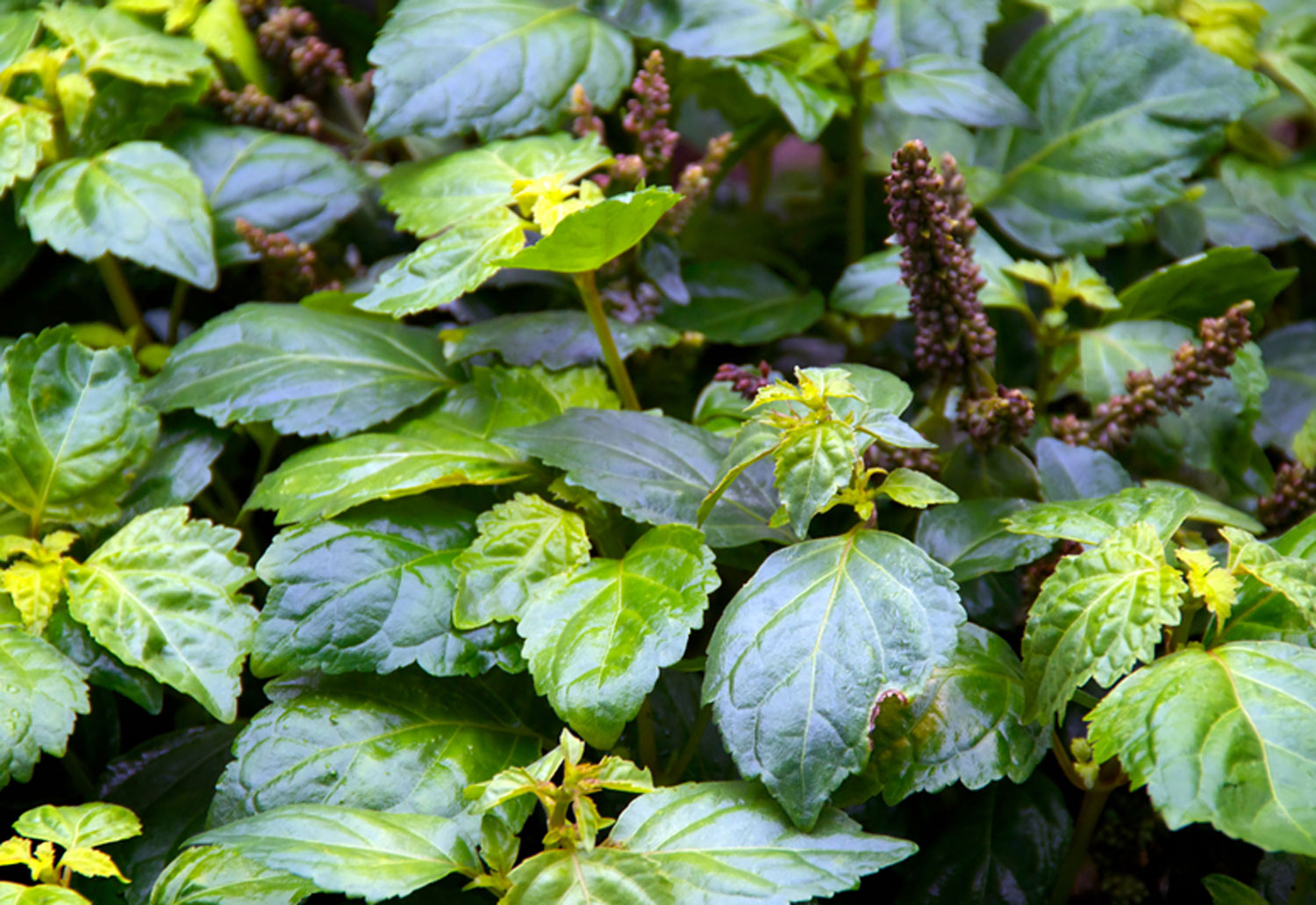Our Shop Products

What Is Patchouli? Scent Knowledge
July 15, 2019 3 min read 0 Comments
Patchouli has had a bad rap over the years. One whiff of the stuff seems to bring to mind one word, "hippy." But what is it exactly? Where does this fragrance come from?
Patchouli oil, with its recognizable musky, sweet, spicy aroma, is used widely as a base note and fixative ingredient in modern perfumery. In fact, you'd be surprised that some of the well-known and much-loved fragrances of today contain patchouli as a base note.
The oil is extracted by steam distillation from the dried leaves of the patchouli plant (Pogostemon cablin), an upright, bushy, evergreen perennial herb native to Southeast Asia, with lightly fragrant leaves, and white, violet-marked flowers. It grows wild in both Sumatra and Java at high elevations.
It's harvested by hand and allowed to ferment before the oil is steam extracted and distilled.
Where It Is Found
The patchouli plant is native to tropical Southeast Asian countries but is widely cultivated all over the tropics and subtropics including various Indonesian Islands, India, the Philippines, Malaysia, China, and South America.
What It Smells Like
Patchouli oil has a strong, slightly sweet, intoxicating scent. It's described as having a dark, musky-earthy aroma profile, reminiscent of wet soil.
Due to its intense scent, even when diluted, a little patchouli oil goes a long way. It is most commonly used as a base note in perfumes and is also prized as an excellent fixative (an ingredient which extends the life of other perfume ingredients). Patchouli oil mixes well with many other essential oils, including vetiver, sandalwood, frankincense, bergamot, cedarwood, myrrh, jasmine, rose and the citrus oils. It is also highly complementary to vanilla and other sweet scents.
Swiss Arabian's Attar Al Sheila Perfume, for instance, combines patchouli with vanilla, rosewood, and leather to form its much-imitated, signature scent accord.
You can also use patchouli oil mixed with other essential oils to create your own moisturizers, massage oils and more. It's particularly nice with jasmine.
Patchouli in History
Patchouli is known for being the hippie scent-of-choice in the 1960s, but its traditional uses date back thousands of years. Egypt's King Tut arranged to have ten gallons of patchouli oil buried with him in his tomb. The Romans used it as an appetite stimulant, and early European traders gladly traded one pound of patchouli for one pound of gold.
Other Uses of Patchouli
Traditionally, patchouli has been used often as a medicinal ingredient to treat skin inflammations and scars, headaches, colic, muscle spasms, bacterial and viral infections, anxiety, and depression. The Chinese, Japanese and Arabs believe it to possess aphrodisiac properties.
Today, patchouli is used widely as a fragrance ingredient in modern scented industrial products, including as paper towels, laundry detergents, and air fresheners.
Patchouli Fragrances to Try
Some perfumes for women that strongly feature patchouli include:
A selection of men's fragrances starring patchouli include:
It can be tricky knowing which fragrance to select. That’s why investing in a few best seller sample perfume vials is a great idea. Each bottle has enough applications for you to test in a range of different situations, which means you’ll find it much easier to find the perfect male perfume for you.
Subscribe
Sign up to get the latest on sales, new releases and more …
★ Reviews
Write a review
83%
(3861)
6%
(289)
3%
(161)
2%
(98)
5%
(220)

